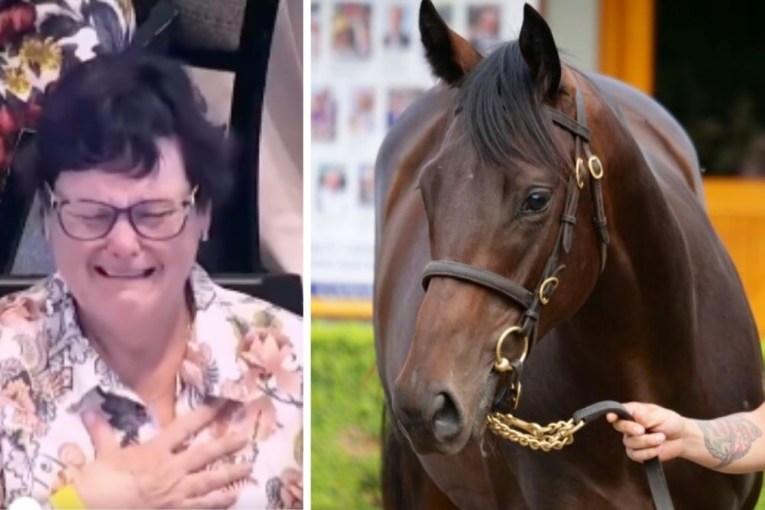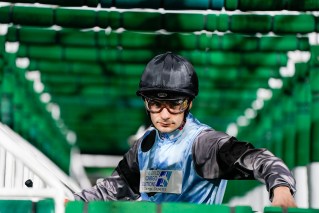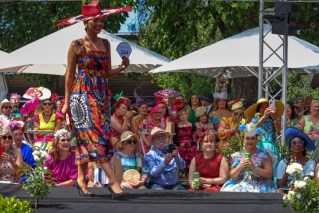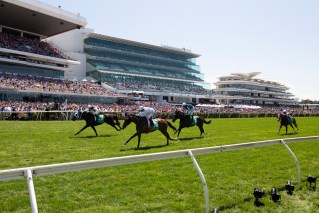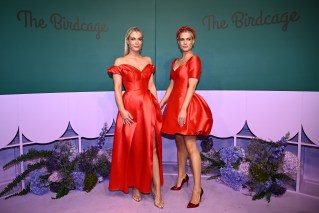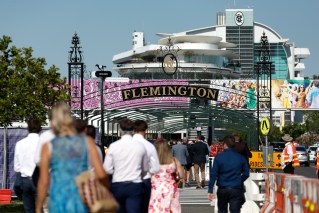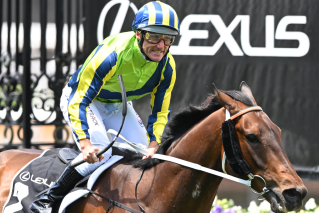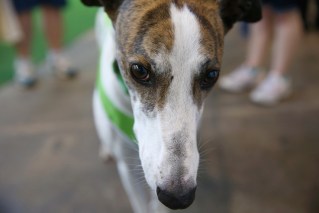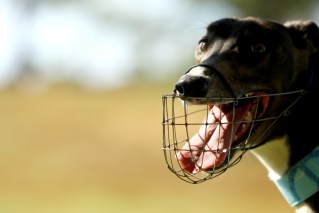Black Caviar trainer defends racing industry
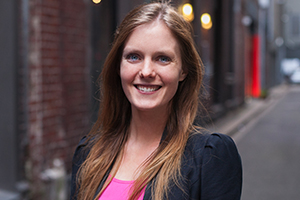
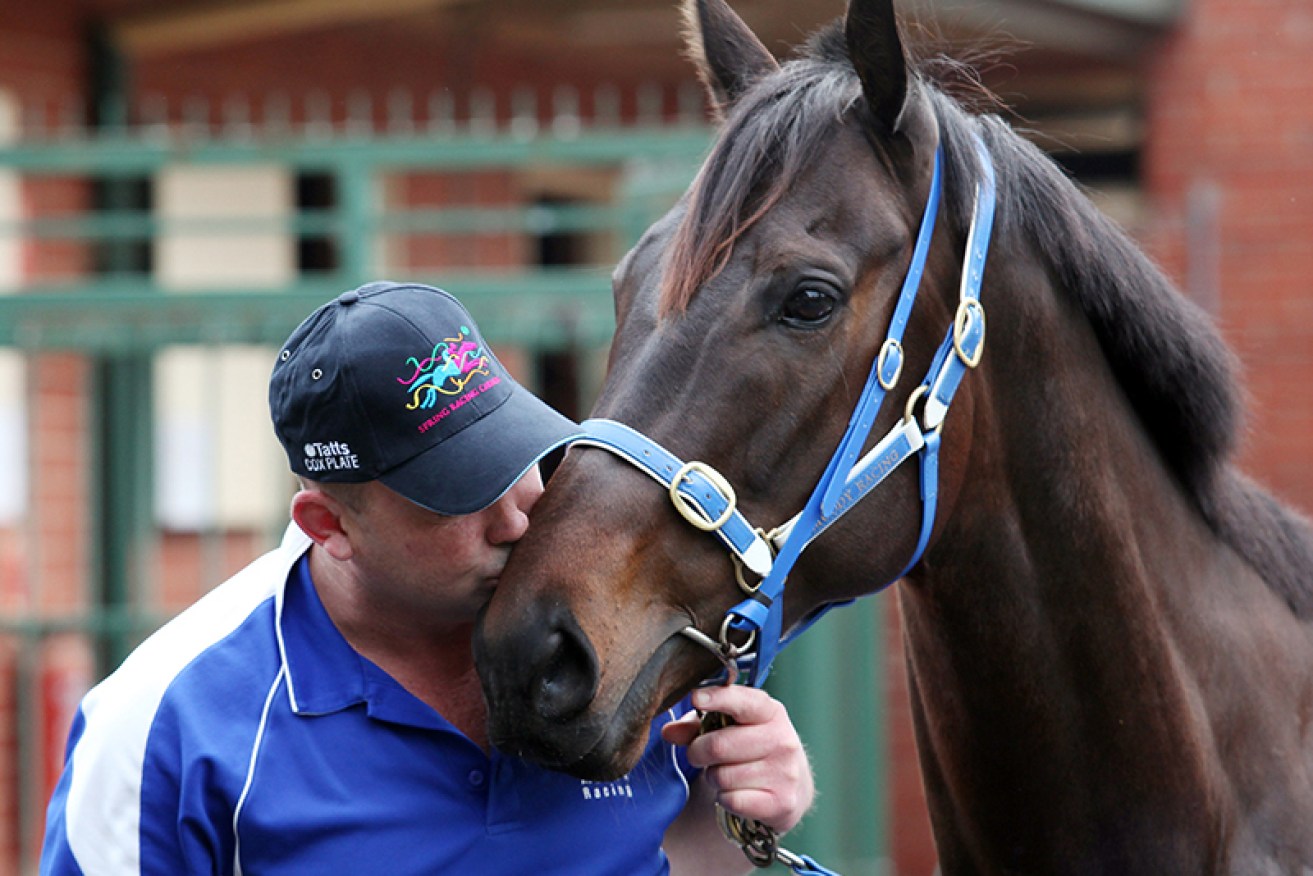
AAP
Black Caviar trainer Peter Moody has leapt to the defence of the racing industry following the deaths of two horses after Tuesday’s Melbourne Cup.
Moody, who had two runners in the Cup, tells The New Daily “drum-beating nay-sayers on soap boxes” are drowning out voices of reason from within the horse racing industry.
His comments come as some anti-racing activists peddle distorted figures with little or no regard for the industry’s contribution to Australia’s cultural and economic wellbeing.
• Cup deaths a tragedy that racing can’t spin
• Anger over Melbourne Cup deaths
• Triumph and tragedy: cup win marred by death
The death of Melbourne Cup favourite Admire Rakti on Tuesday can be compared to an elite marathon runner dying of heart failure during a race – it happens, but it’s rare.
Two runners died in a half marathon earlier this year. Another died after the City2Surf – yet nobody is protesting against the dangers of running.
Anti-racing activists will tell you they are different situations, because horses don’t consent to being ridden around a track. Industry insiders, however, will tell you that horses are stubborn animals and who won’t do anything unless they want to.
Moody says anyone who knows their horses can tell whether or not an animal loves racing.
“I’ve had some of the crankiest buggers in the world: bite, strike and kick you, but love getting out there on the track and racing,” he said.
“It comes down to the horsemanship of the people working with the individual animal who can sense whether they want and can love racing.”
Unsafe and full of “wastage”?
Campaigners often claim that horse racing deaths are common – they’re not.
With close to 190,000 starts last season and 125 deaths, there’s roughly a 0.06 per cent chance that a horse will die on the track.

Admire Rakti during pre-Cup training on Monday. Photo: Getty
Moody admits there are instances of cruelty to animals in the sport, but says that being cruel to others is a sad fact of human nature.
“The majority of participants are involved [in horse racing] because of the love of the animal. But you’re going to have bad eggs in all walks of life – people that are doing the wrong thing or attempting to the wrong thing,” he says.
“Unfortunately we do witness it, we do see it and we do hear of it and at the end of the day that doesn’t surprise me because people are cruel to people.
“People are always going to be cruel to animals, unfortunately it’s the society we live in.
“We cannot paint ourselves to be white knights because we are all aware that cruelty happens in our industry as it does in all walks of life. All we can do is take measures to lessen the risk of it happening.”
A favourite argument of horse racing’s opponents is that 18,000 horses are killed every year in Australia. When, in reality, the RSPCA’s Hayek Report states that 18,000 horses are wasted every year. Campaigners use the term “wasted” when describing the fate of these retired horses, which masks the reality of their true fate.
According to the Hayek Report, “wastage” actually refers to “the number of horses leaving the industry”. It’s a blanket term for horses that have been sent to breeding stables, used for polo or equestrian events, re-homed, and yes, sometimes killed, after completing their thoroughbred racing career. In 2004, 650 former racehorses were killed – 17,350 fewer than some activists would have you believe.
Racing Victoria (RV) puts the statistic for rehomed horses at around 90 per cent of those “wasted”.
Trainers are also required to report on the reason for retiring a racehorse to RV and explain where the horse is being sent – a measure designed to ensure horses aren’t secretly sent to the knackery, where they are turned into pet food.
An economic force
The horse racing industry pumps millions into the Australian economy every year – and no, it’s not all just through gambling.
A ban on horse racing would not only put trainers, jockeys and stable hands out of work, but hurt those on the periphery such as milliners, fashion designers, caterers, event planners and many others.

Araldo crossed the finish line. He died later at Werribee Veterinary Hospital. Photo: Getty
Leading up to the Melbourne Cup Carnival last year, $53.1 million was spent on fashion and accessories for racegoers.
The ABC’s business editor Peter Ryan says the Australian racing industry is an $8 billion export industry that also has the ability to generate $1.7 billion in one day – Melbourne Cup day.
With around half of the 100,000 Melbourne Cup visitors coming from interstate and overseas – it’s a remarkable boon to Australian tourism as well.
Last week Moody wrote an open letter talking about why he loves horse racing. In the letter, he reminded readers that an average of $35,000 is spent on every training thoroughbred per year.
With over 30,000 active racehorses currently training in Australia, that’s more than $1 billion spent making sure racehorses are cared for every single year.
On top of that, a team of veterinarians is on-hand at any given race day to keep a close eye on the health and safety of these horses.
Not even Queen Elizabeth’s pampered corgis receive the same level of care. Racehorses are simply too valuable not to be well cared for.
The industry isn’t flawless but it’s certainly not as bad as the animal rights groups will have you believe.
* Gigi Silk has family members involved in the horse racing industry.
